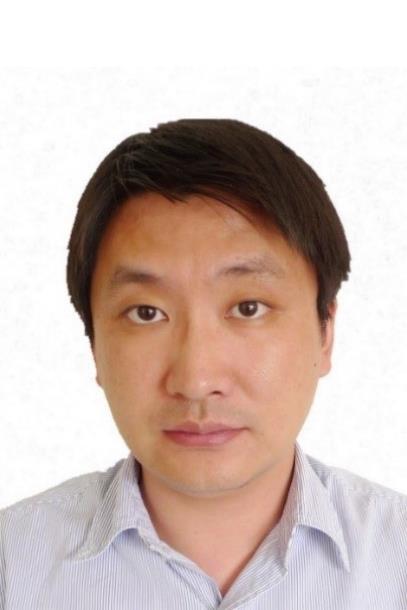Danyang Wang
Emerging thin film technology
School of Materials Science and Engineering, The University of New South Wales (UNSW Sydney), Australia
Email: dy.wang@unsw.edu.au
Biography
Dr Wang is an Associate Professor and Australian Research Council Future Fellow at School of Materials Science and Engineering, UNSW Sydney, and specialized in experimental design and optimization of a broad range of novel functional oxides at different length scales including bulk ceramics, thin films, heterostructures, superlattices and low-dimensional nanostructures for nanoelectronic, photonic and energy-related applications. He has authored and co-authored over 130 peerreviewed publications, including many in high-impact journals, such as Science, Nature, Nano Letters, Advanced Functional Materials etc.
Abstract for Presentation
Giant Electrocaloric Effect Induced by Heterointerface
One of the current strategies to achieving superior electrocaloric effect in dielectrics is to apply excessive electric field which may be far beyond the threshold for the saturation of polarization. In this work, by following a somewhat offbeat route, we identify new electrocaloric (EC) mechanisms yielding very large intrinsic responses under moderate electric fields that may greatly facilitate the implementation of EC effects in practical solid-state cooling applications. In particular, we show by means of experimental and theoretical approaches that it is possible to obtain giant EC effects in bilayers of ferroelectric relaxor materials near room temperature (e. g., adiabatic temperature changes of ΔT ~ 23 K) that are significantly larger than the sum of the individual EC responses in the constitutive layers (which amount to ΔT ~ 5 K). We trace down the origins of such an EC enhancement and quantify it in terms of interface bound charges and electrostatic coupling. The conclusions resulting from our investigations can be generalized to other ferroelectric relaxor materials than considered here and establish an original and rational design strategy for maximizing EC responses in layered oxide heterostructures. Further, our results suggest that solid-state cooling based on EC effects may benefit immensely from the intensive research already undertaken on interface engineering of complex oxide materials for enhancement of dielectric and ferroelectric properties.
References
[1] S. E. Shirsath et al, Nano Lett., 20 (2020) 1262.
WELCOME TO CHINA TO ATTEND THE ICANS
23-26 August, Nanjing, China
Connect with us:



